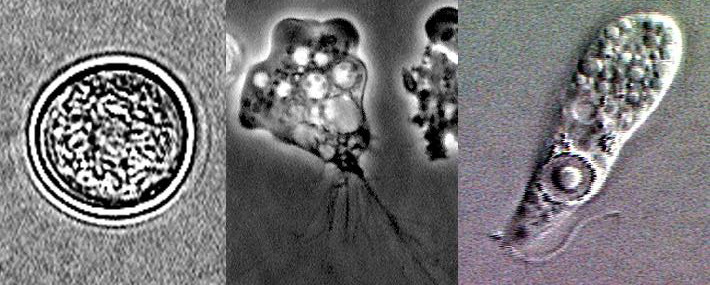Louisiana tap water positive for brain-eating amoeba

The presence of brain-eating amoeba in the water supply for some areas in New Orleans have been confirmed.
Officials from the Louisiana Department of Health and Hospitals (DHH) have announced last Tuesday that water systems in Ascension Parish are positive for brain-eating amoeba.
Officials have started conducting a 60-day "chlorine burn" to eradicate the lethal pathogen.
They also noted that tap water is safe for drinking, but it should not enter the body through the nose.
The water system serves an estimated 1,800 residents in the community and it was tested by DHH as part of their routine program. Last Tuesday afternoon, DHH notified local officials about the problem.
According to ABC News, it wasn't clear how prevalent the contamination is since water systems that tested positive only came from an untreated sample and another from a station that had contaminated water sample.
During testing of the water after health officials found out that amoeba is present, LDHH officials also discovered that there wasn't enough maintenance on the chlorine levels in the water system, which resulted in the insufficient eradication of the organism.
BBC News reported that officials are now increasing the chlorine levels in the water systems to make sure remaining organisms will be removed effectively.
The brain-eating amoeba, also called Naegleria fowleri, is a deadly pathogen naturally found in freshwater systems.
It can cause a fatal brain infection known as primary amebic meningoencephalitis (PAM), as reported by Centers for Disease Control and Prevention (CDC).
Infection is caused when people go diving or swimming in freshwater sources like rivers and lakes. In rare instances, infections can also occur when contaminated water enters the nose.
The CDC, however, confirms that the brain-eating amoeba does not wreak havoc by drinking Naegleria-contaminated water.
Symptoms usually start between one to nine days after exposure. CDC also stated that infected people could die between one to 18 days following appearance of symptoms.
It is difficult to detect if a person has PAM because the disease tends to progress rather quickly and a confirmative diagnosis usually comes after death.
The DHH recommends observing precautions set by the CDC until further analysis indicates that the water is no longer contaminated by the organism.











